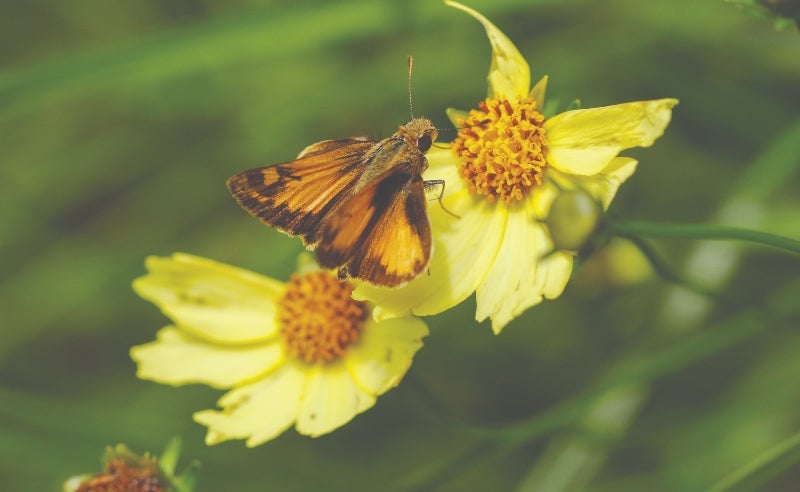Life in Our Foothills – April 2024 – Nurturing Healthy Habitats in the Foothills – Gardening for Life Project
Published 8:15 am Tuesday, April 2, 2024
|
Getting your Trinity Audio player ready...
|
When you get a group of gardeners together, good things tend to grow. This is true of the Gardening for Life Project, an all-volunteer group of community members on a mission to nurture healthy gardening habitats in the Foothills and beyond.
The initiative began with just a few members and has grown to include a dream team of talented and dedicated volunteers. The leadership team consists of Vard Henry, Corrie Woods, Donna Wise, Karen Bird, Donna Younkin and Anita Saulmon. The expanded leadership team includes Vivian Cheek and the entire Green Blades Garden Club, Clyde Younkin, Jay Lichty, John Vining, John Lane, Denny and Skip Crowe, Pam Torlina, Nick Fischer and many more.
Together, they aim to make native plants more readily available to the community, promote more pollinator and habitat-friendly gardening and encourage a shift in thinking from “the problems are too big” to “we can make a difference.”
The Gardening for Life Project was launched in partnership with the Creation Care Team of the Congregational Church in Tryon and Conserving Carolina. The project team is focused on bringing people together to discuss healthy habitats and explore ways to put Doug Tallamy and others’ teachings into practice.
They also support and spotlight organizations and services that protect nature and improve habitats. One of the highlights of the project’s focus areas for 2023 was bringing NY Times best-selling author, entomologist and champion for healthy, biodiverse habitats, Dr. Doug Tallamy, to Polk County as a keynote speaker at an event held at Polk County High School. The event quickly sold out.
“It was very gratifying to hear someone say, after hearing Doug Tallamy’s presentation, that they finally got it,” said Anita Saulmon, a leadership team member. “They’ve gained a better understanding of the food web, the critical need for caterpillars to feed baby birds and the importance of native host plants.”
The project is not just about ripping out all the landscaping and starting over. Everyone can make a difference simply by ridding their properties of invasive species and adding some keystone plants, even if it’s only in containers.
The project’s website offers many resources, including tip sheets, examples of folks putting this all into action and a Q&A section. By working together, the Gardening for Life Project hopes to positively impact the local ecosystem and inspire others to do the same.
“Our focus is to raise awareness about the ways we can all make a difference to support the biodiversity and beauty of the Foothills by making smart choices right in our yards and neighborhoods,” said Corrie Woods of the Gardening for Life Project Leadership Team. “Conservation begins right at home!”
The Gardening for Life Celebration 2024 was recently held in March. This year’s keynote speaker was Jim McCormac—a botanist specializing in wildlife diversity projects, a conservationist and a renowned photographer. His talk focused on gardening for moths and their vital role in our local ecosystems.
The Gardening for Life project has experienced a sea-change in both the mindset of their neighbors and their willingness to nurture biodiversity in our area. “The remarkable thing about the GFLP is how the community has gotten behind it in just 12 months,” said Donna Younkin.
“We could sit around for only so long wringing our hands doing nothing regarding our region’s invasive species and the resultant destruction of habitat and loss of biodiversity,” said Saulmon. “The Gardening for Life Project founders planted the seeds and are gently educating our community via events and website resources.”
The project’s website, gardeningforlifeproject.org, serves as a learning center where folks can discover helpful links to resources on everything from invasive species to backyard ecology to what native plants grow best where.
“Our gardens can be a source of food and shelter for birds, butterflies, and other wildlife. By planting native plants, we can create healthy habitats that support these essential creatures,” said Corrie Woods. “We want to help people make informed decisions about their landscaping and gardening choices. By making smart choices, we can all make a difference.”
The Gardening for Life Project is an excellent example of how a small group can positively impact their community and the environment. It is proof that small actions can create change and that by working together, we can make a difference for future generations.






